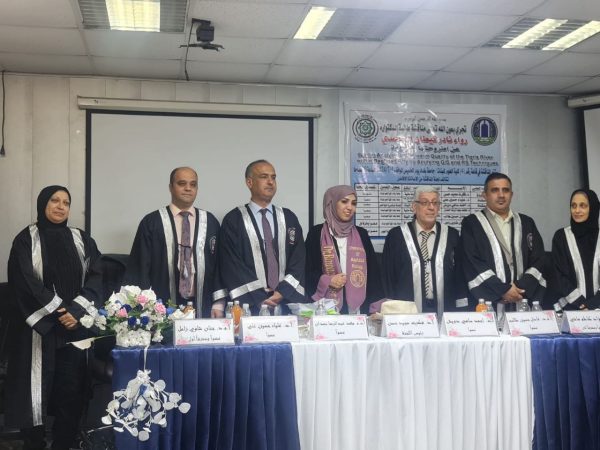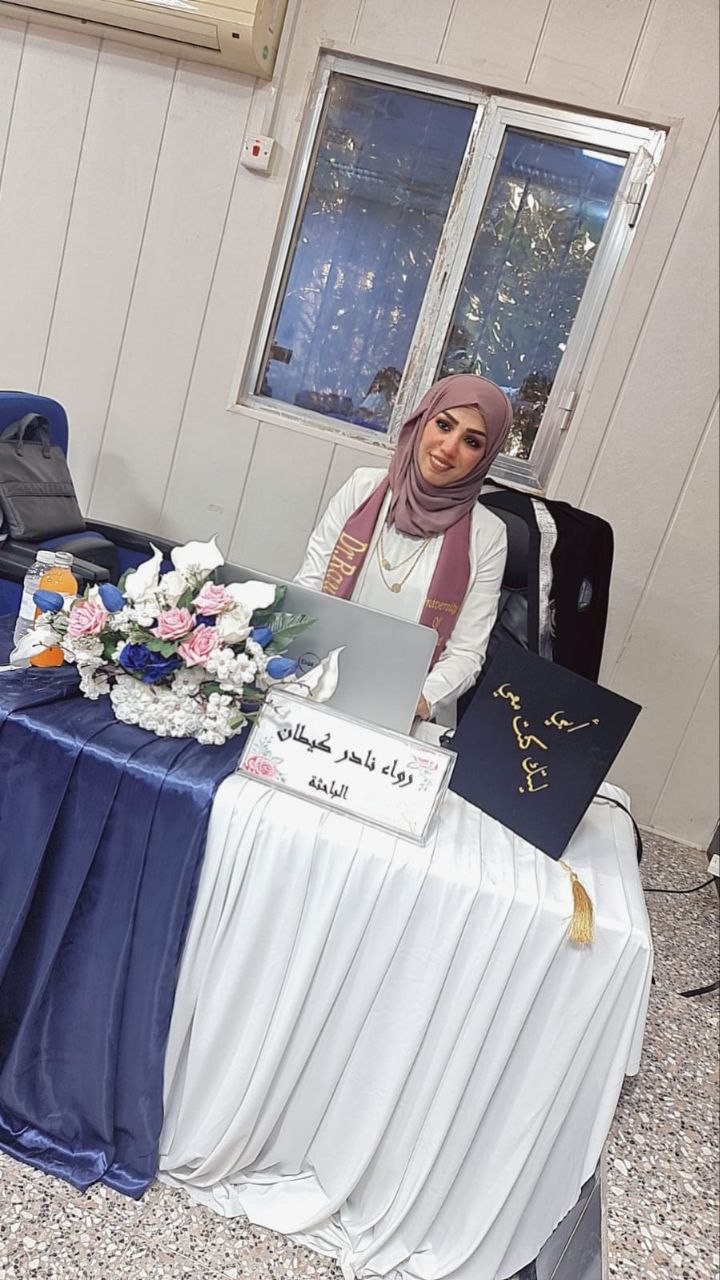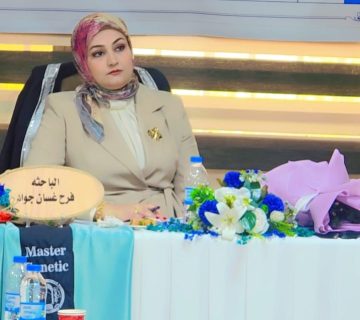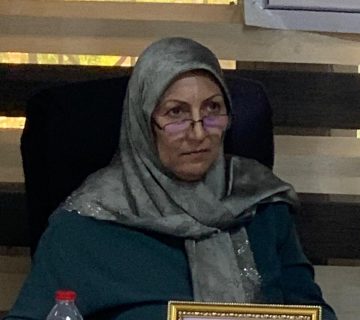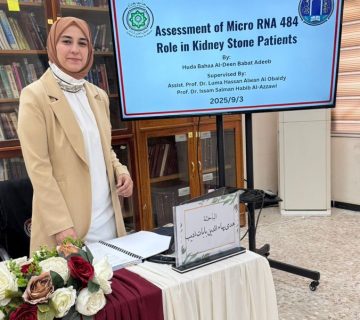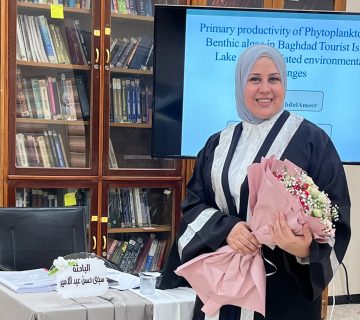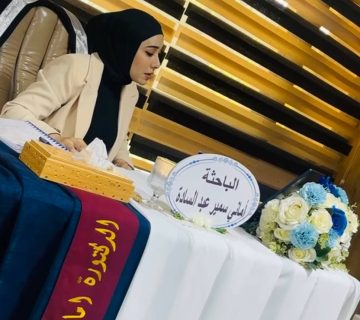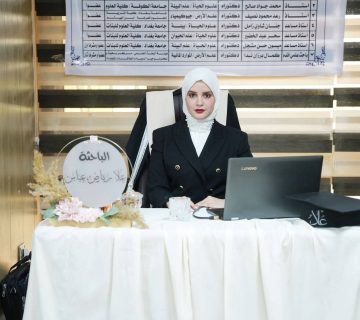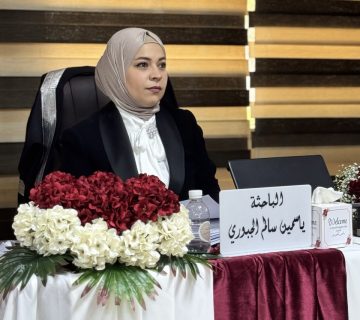Dissertation in College of Science for Women discusses (Spatiotemporal variation for Water Quality of Tigris River between Salahdin and Wasit Proviances using some indices GIS and RS techniques).
College of Science for Women / University of Baghdad examined the dissertation entitled (Spatiotemporal variation for Water Quality of Tigris River between Salahdin and Wasit Proviances using some indices GIS and RS techniques) of the student Rawaa Nader Kittan Al-Saedy
The dissertation aims to
1-To determine the temporal and spatial variations of environmental factors and their impact on the algae community (Phytoplankton and epiphytic algae ) in quantity and quality for some stations on Tigris River in some regions of Iraq.
2- To identify the water quality on Tigris through:-
A- To use the Iraqi water quality index.
B-To use biological indices (Diatoms and Biodiversity indices).
C-To determine the water quality and distribution of the algal community by measuring the concentration of chlorophyll-a and pheophytin-a for the studied and non-studied areas using geographic information systems (GIS) and Inverse Distance Weighting (DIW) technology.
The dissertation also includes
The present study aimed to evaluate the water quality of Tigris River as it passes through three governorates: Salah al-Din Governorate north of Baghdad, for one station (Samarra), Baghdad Governorate for three stations (Al-Muthanna Brigade , Al- Atifi, and Al-Jadriyah), and Wasit Governorate south of Baghdad for four stations (Al-Aziziya, Al-Zubaidiyah, Al-Numaniyah), and Kut ( Al-Muftah) from February 2022 – January 2023), where the water quality of river was evaluated in the current study in three different ways. The first of which was studying some of the physical and chemical characteristics of the river water using the Iraqi Water Quality Index (IWQI), and secondly using biological indicators of phytoplankton and epiphytic algae to evaluate water quality river, third the use of geographic information technology (GIS) .
A total phytoplankton species were identified in (142 species), belong to 54 genera. The total number of phytoplankton ranged from 37.7×104 – 72.39 ×104 – Cells /L at S. and 8 S.7 in wet , while 21.16 – 40.32×104 Cells/L at S.3 and S.5,S.6 respectively in dry season
The total number of epiphytic algae on Ceratophyllum demersum was 176 species belong to 53 genera.
The total number of epiphytic algae was ranged from 43.77×104 – 247.76 ×104 Cells /g at S.8 and S.1 in wet , while 93.07 ×104 -140.63 ×104 Cells/g at S.6 and S.1 respectively in dry season.
Application (IWQI) to identified water quality of Tigris river was used for two main purposes in this study, water quality value ,was classified between (good, poor, very poor, and unsuitable), and it does not have a excellent classification in any useful category.
The most important recommendations which the study has come up with and the average obtained.
1- Applying the Noval Iraqi Index to different water bodies and for all purposes (drinkig water, agriculture , aquatic life, maintianence freashwater.
2- Using the geographic information system (GIS) and inverse distance weighting (DIW) technology to other areas along the river that could not reach.
3- Using artificial intelligence to study bioindces.
4- Using molecular evidence to evaluate water quality
5- Studying other types of benthic algae to determine levels of pollution as they are biological indicators for determining water quality.
Average obtained : Excellence
